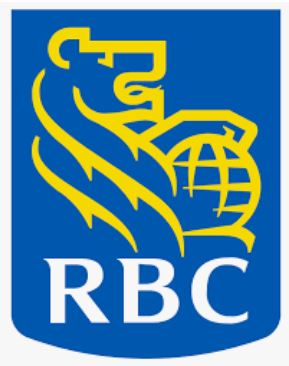Contents
This article on The Royal Bank of Canada (RY) is the second of a 5 part series on 'The Big 5' Schedule A Canadian banks.
I recognize we each have personal investment and cash flow objectives, and therefore, RY may not appeal to every investor. I, however, have always viewed RY as a core component of my investment portfolio.
Summary
- RY recently reported record earnings of $12.4B for FY2018. Management anticipates further improvement in FY2019.
- RY has a well diversified business model and maintains a strong Basel III Common Equity Tier 1 (CET1) ratio.
- The bank has a lengthy history of profitability and dividend growth.
- The compound annual growth rate of RY’s dividend is 7% for the 2008 – 2018 timeframe. This includes 2008 – 2010 when the quarterly dividend was frozen at $0.50/share.
- I viewed RY shares as slightly expensive when I wrote my September 5th article. With the subsequent pullback I now view them as fairly valued.
All figures are expressed in CDN $ unless otherwise noted.
Introduction
The first article in this series of articles covering the Big 5 Schedule A Canadian banks touched upon The Bank of Nova Scotia (TSX: BNS) which released its Q4 and FY2018 results and FY2019 Outlook on November 27th.
In this article I very briefly look at The Royal Bank of Canada (TSX: RY) which released its results on November 28th.
In my September 5th article I indicated various headwinds/uncertainties made me reluctant to acquire additional shares in any of the Big 5 other than through the automatic reinvestment of all dividends; RY’s share price has retraced ~6% subsequent to that article.
Canada’s FI Landscape
In previous articles I have mentioned that the Canadian financial institution sector has long been a favorite of mine from an investment perspective. This is because the industry is highly concentrated and protected from outside threats due to government legislation.
The absence of outside competition has allowed Canada’s Schedule A banks to maintain their market share and to retain robust profit margins. I fully recognize this might not be ideal for customers but it certainly has been rewarding for long-term investors!
The following high level statistics might be startling to readers who are unfamiliar with the Canadian Financial Institution (FI) landscape.
- The Big 5 banks dominate the Canadian banking sector and account for ~90% of the Canada’s banking deposits.
- RY and The Toronto-Dominion Bank (TD) have Total Assets in excess of CDN $1T. BNS fell just shy of this CDN $1T threshold having reported CDN $998.5B in Total Assets as of the end of FY2018.
- The Big 5 are recognized globally for their fiscal responsibility. They consistently generate strong returns on equity and are more profitable than their 12 largest U.S. counterparts (based on ROE).
- All 5 have a sterling history of growing their dividend with the only recent blemish being a dividend freeze at the height of the Financial Crisis. Unlike their US counterparts, none of the Big 5 cut their dividend.
- Canada does have a credit union system. The total assets of the largest 100 credit unions (excluding Quebec) as at the end of Q2 2018 amounted to $215.6B. By contrast, The Canadian Imperial Bank of Commerce (CM), Canada’s 5th largest bank, had Total Assets of $597.1B as at the end of Q4 2018!
If you reside in the US, compare the Canadian FI landscape with the US FI landscape where you have 6000 banks and over 7000 credit unions serving 330 million people! Canada has a dominant Big 5 serving ~37 million.
Please click here to read the complete version of this article.
Members of the FFJ community can access reports I generate on high quality companies which add long-term shareholder value. In an effort to help you determine whether my offering is of any value to you I am pleased to offer 30 days' free access to all sections of my site. No commitments. No obligations. That's 30 days from the time you register at absolutely no cost to you!
I hope you enjoyed this post and I wish you much success on your journey to financial freedom.
Thanks for reading!
Note: I sincerely appreciate the time you took to read this article. Please send any feedback, corrections, or questions to [email protected].
Disclaimer: I have no knowledge of your individual circumstances and am not providing individualized advice or recommendations. I encourage you not to make any investment decision without conducting your own research and due diligence. You should also consult your financial advisor about your specific situation.
Disclosure: I am long BMO, BNS, CM, RY, and TD.
I wrote this article myself and it expresses my own opinions. I am not receiving compensation for it and have no business relationship with any company whose stock is mentioned in this article.


